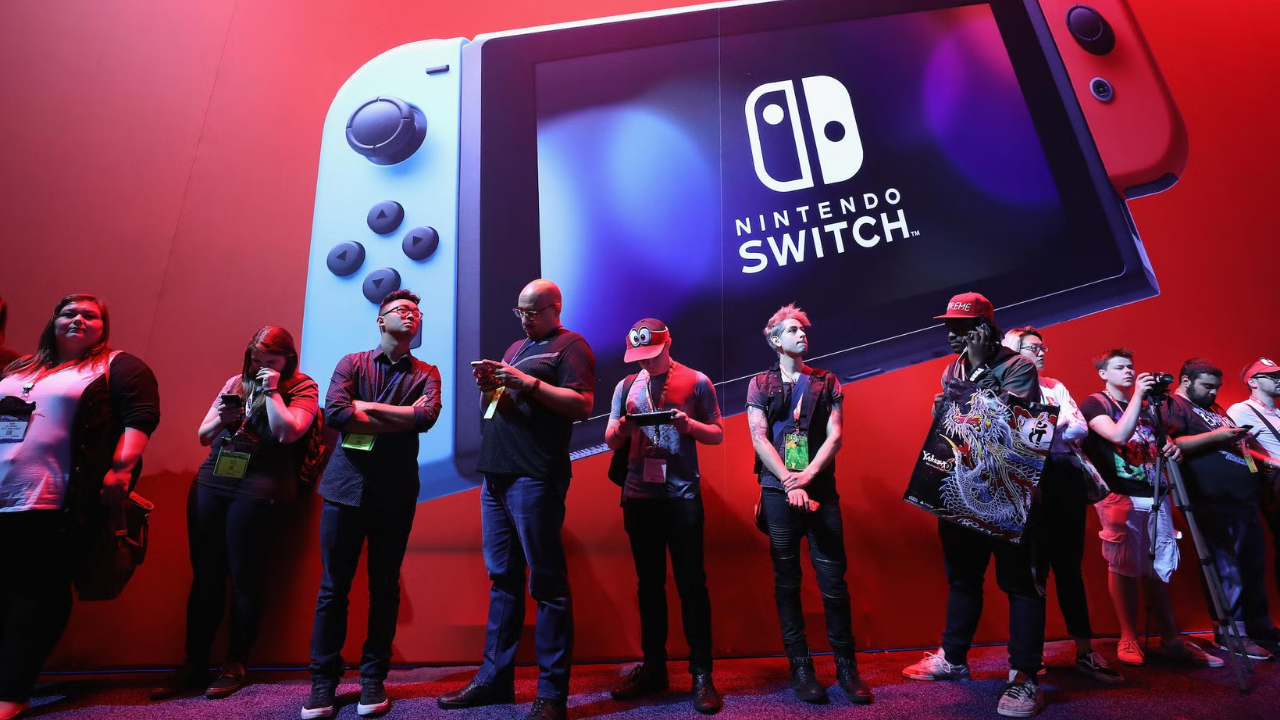
Jesse Keighin bragged he had “a thousand burner channels” and could stream pirated Nintendo games “all day.” When Nintendo’s legal team came calling, he failed to appear in court. By October 29, 2025, U.S. District Judge Gordon P. Gallagher had issued a final ruling in Colorado federal court awarding Nintendo $17,500 in damages.
The real punishment was far more severe: a permanent injunction banning Keighin from ever using Switch emulators or accessing Nintendo’s cryptographic keys for life. It was the first lifetime emulator ban ever issued by a federal court against an individual.
Streamer Taunted Nintendo With Defiant Posts

Keighin’s arrogance was his downfall. After platforms shut down his unlawful streams, court documents reveal he posted on Facebook: “Should have done more research on me. You might run a corporation, but I run the streets.” He sent Nintendo’s legal team a letter claiming he operated “a thousand burner channels” and would continue streaming “all day” if they tried to stop him.
He included step-by-step guides with direct links to the Yuzu and Ryujinx emulators, essentially daring Nintendo to act. When Nintendo sued in November 2024, Keighin never showed up to defend himself in court.
50+ Streams of Pre-Release Games
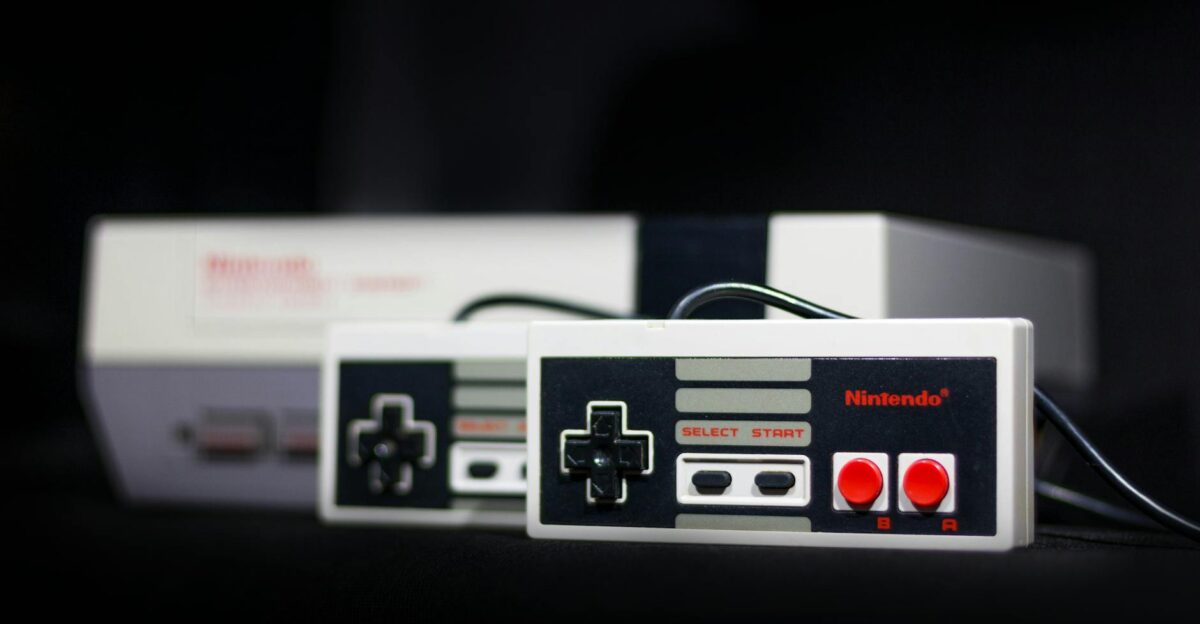
Keighin’s scheme was simple and illegal. Starting in 2022, he livestreamed pirated Nintendo games at least 50 times before their official release dates. Major titles included The Legend of Zelda: Echoes of Wisdom, Super Mario Party Jamboree, Mario & Luigi: Brothership, and Paper Mario: The Thousand-Year Door.
Beyond broadcasting gameplay, Keighin actively distributed the tools for piracy—posting public links to emulators, ROM repositories, and Nintendo’s proprietary cryptographic decryption keys for anyone in his audience to access. He wasn’t just breaking the law himself; he was teaching thousands of viewers how to do the same.
These Tools Are Unfortunately Available Online

Judge Scott T. Varholak, the magistrate who reviewed Nintendo’s case, made a striking admission in October 2025. In his written recommendation, Varholak acknowledged that Keighin “posted public links to emulators, cryptographic keys, and ROM repositories, and there is no allegation that Defendant himself produced any of these technologies: they are unfortunately available to those who seek them online.”
This statement revealed the legal paradox at the heart of the case: you cannot order someone to destroy tools that exist freely on the internet for everyone. Yet that’s exactly what Judge Gallagher did anyway.
Nintendo’s Destruction Order Rejected
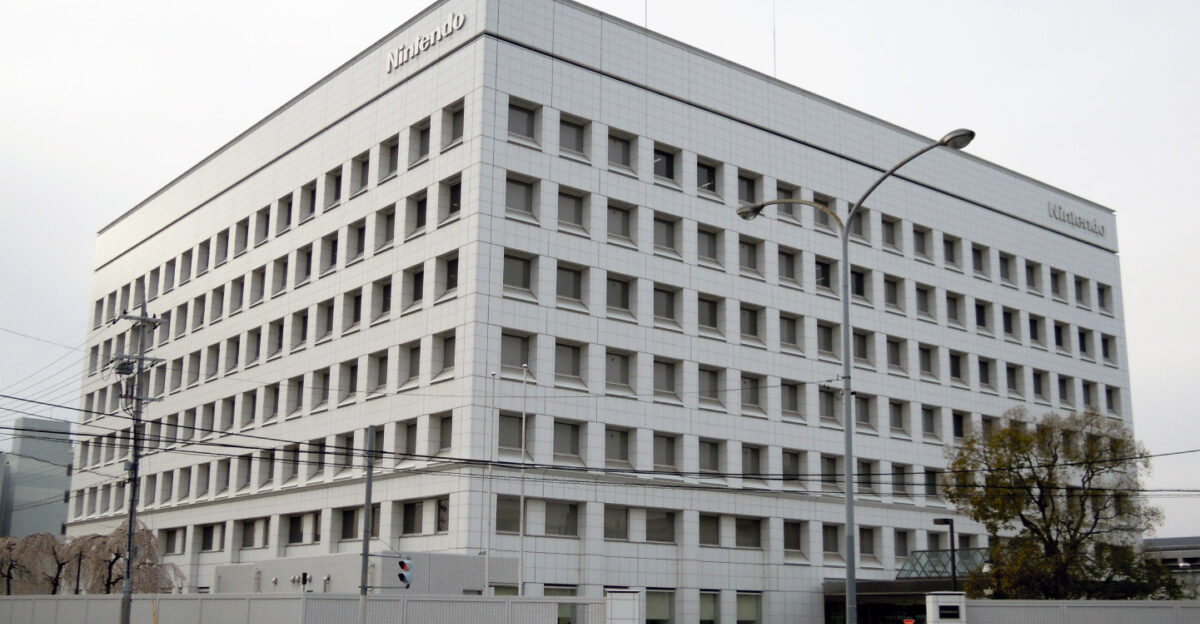
When Nintendo asked the court to order Keighin to “destroy all circumvention devices,” Judge Varholak recommended rejection, calling the request “unclear” and “unreasonable.” How do you destroy software that lives in the cloud and is freely available to millions worldwide? Nintendo also requested an injunction against unnamed “third parties” allegedly working with Keighin, but the court struck this down because Nintendo failed to identify any specific third parties involved.
Judge Gallagher upheld both rejections while still granting the permanent personal injunction against Keighin himself—a crucial distinction that shifted enforcement strategy from attacking tools to targeting individuals.
The $17,500 Fine Broken
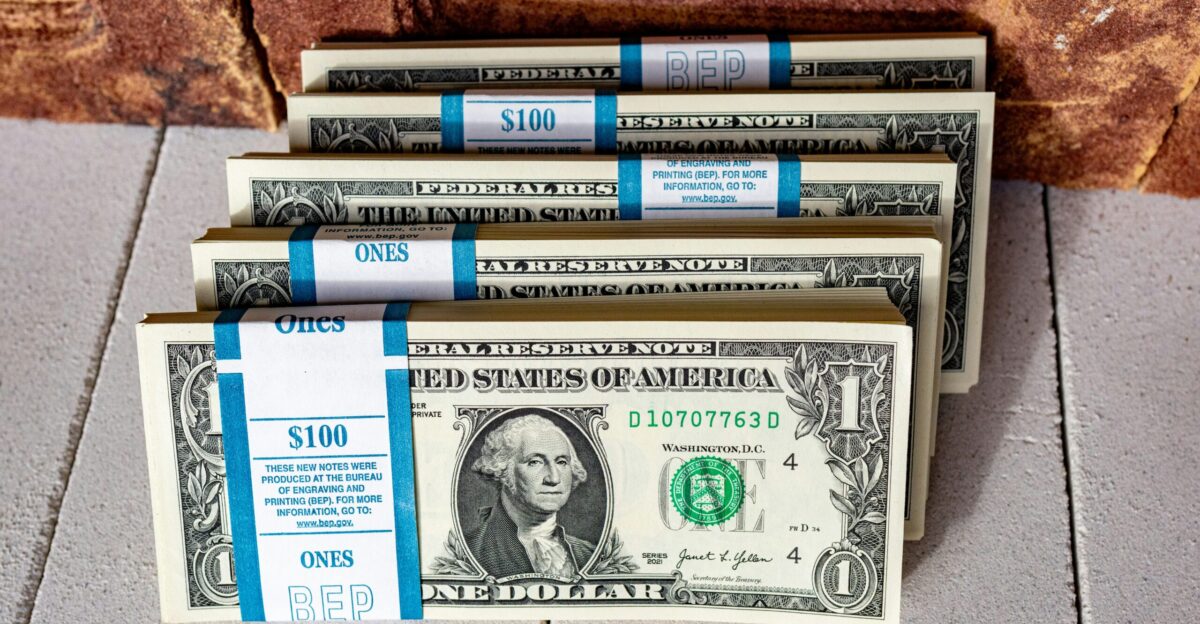
The damages award wasn’t arbitrary—it was meticulously calculated. Nintendo requested $10,000 specifically for Keighin streaming Mario & Luigi: Brothership before its official release. The remaining $7,500 came from fifteen separate $500 fines for multiple violations of Nintendo’s anti-piracy measures. Under the Digital Millennium Copyright Act, statutory damages can range from $200 to $2,500 per work that is willfully infringed, meaning Nintendo could have pursued over $1 million, given Keighin’s 50+ piracy incidents.
By requesting only $17,500, Nintendo essentially left money on the table—a strategy suggesting the lawsuit was never really about the cash.
A Lifetime Digital Exile

Legal experts immediately recognized this wasn’t a conventional copyright case. The $17,500 damages were secondary; the historic part was the injunction itself. For the first time in gaming history, a federal court issued a permanent, personal injunction banning an individual from using specific emulation technology—not temporarily, but for life. This follows Keighin regardless of whether he changes platforms, creates new accounts, or moves to another country.
Violating the order can result in contempt of court charges, additional fines, and potentially jail time. It’s less about prosecuting piracy and more about imposing permanent legal consequences on one person as a warning to thousands.
How Nintendo Served a Defendant Who Refused to Be Found
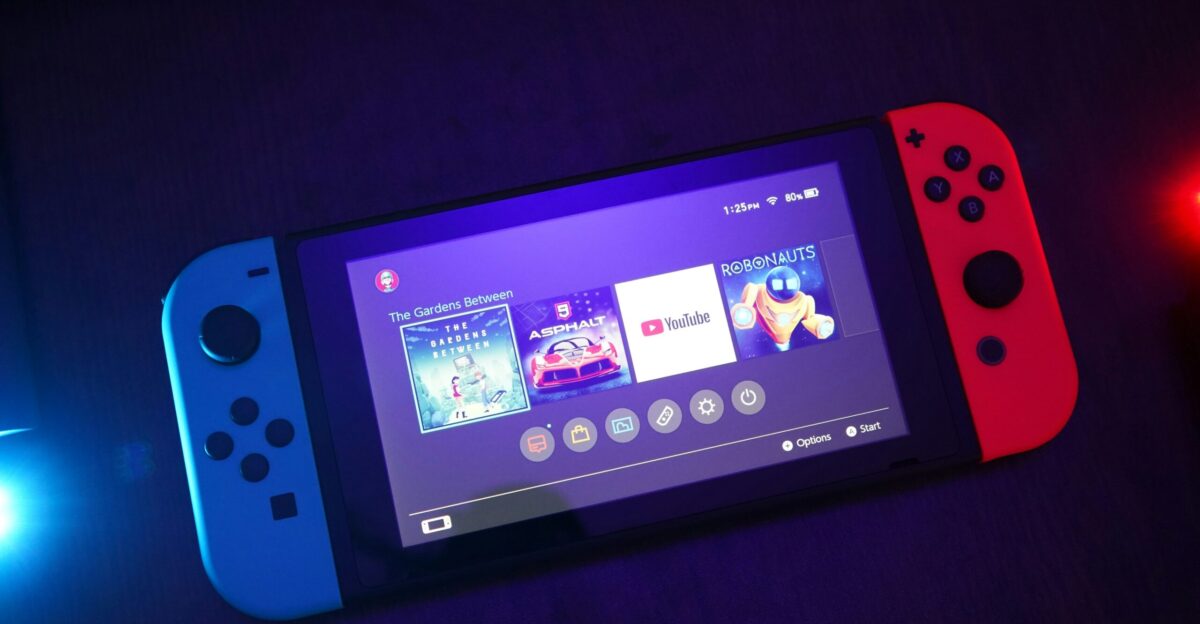
Keighin dodged being formally served with the lawsuit. Nintendo’s process servers encountered obstacles multiple times. Eventually, the court allowed Nintendo to serve him via email and through family addresses instead of in-person service. Despite this notification, Keighin refused to file a formal response to the allegations.
By failing to defend himself, he triggered the default judgment process—essentially forfeiting his right to contest any of Nintendo’s claims in open court. The court then awarded Nintendo everything it requested without hearing the defendant’s side of the story. It was a legal blitz that Keighin never saw coming.
Judge Gallagher Adopts Full Injunction
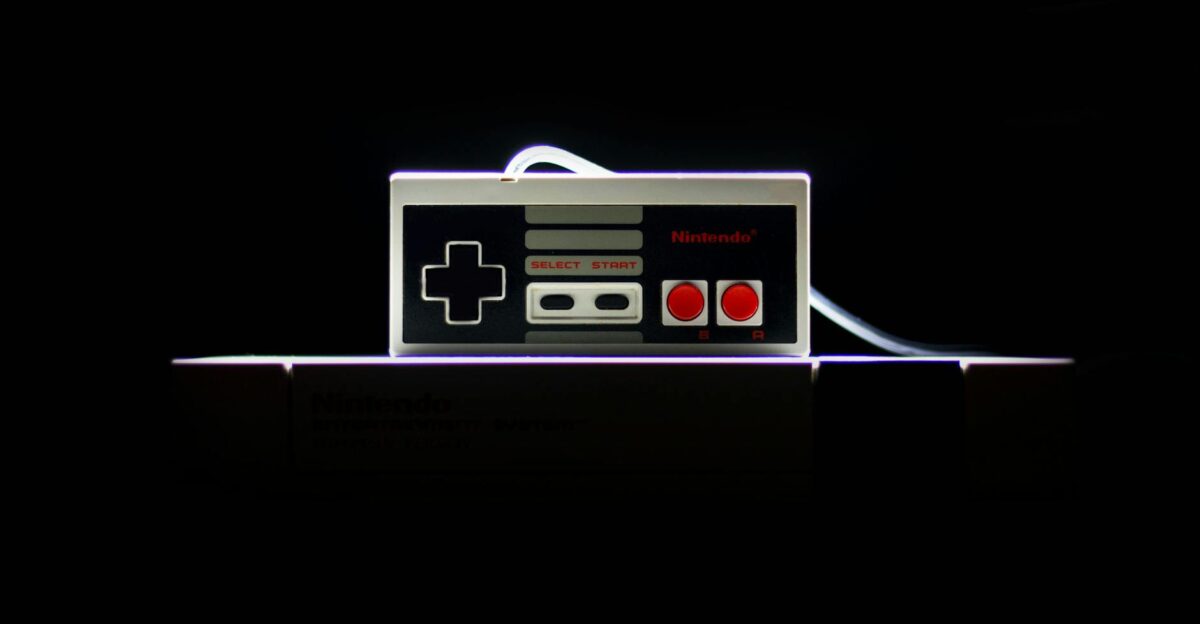
On October 29, 2025, U.S. District Judge Gordon P. Gallagher officially adopted Magistrate Judge Varholak’s recommendation while issuing his own sweeping permanent injunction. Gallagher’s order states: “The Court issues an injunction preventing Defendant from infringing Nintendo’s copyrighted works, including by streaming, and from trafficking in Switch emulators, Nintendo’s proprietary cryptographic keys, or other software or technologies that circumvent Nintendo’s technological protective measures.”
This language is deliberately broad, covering not just streaming but any personal use of emulation technology. Judge Gallagher found “no clear error” in the magistrate’s reasoning and made the decision final and enforceable immediately.
How Courts Ban Access to Public Tools
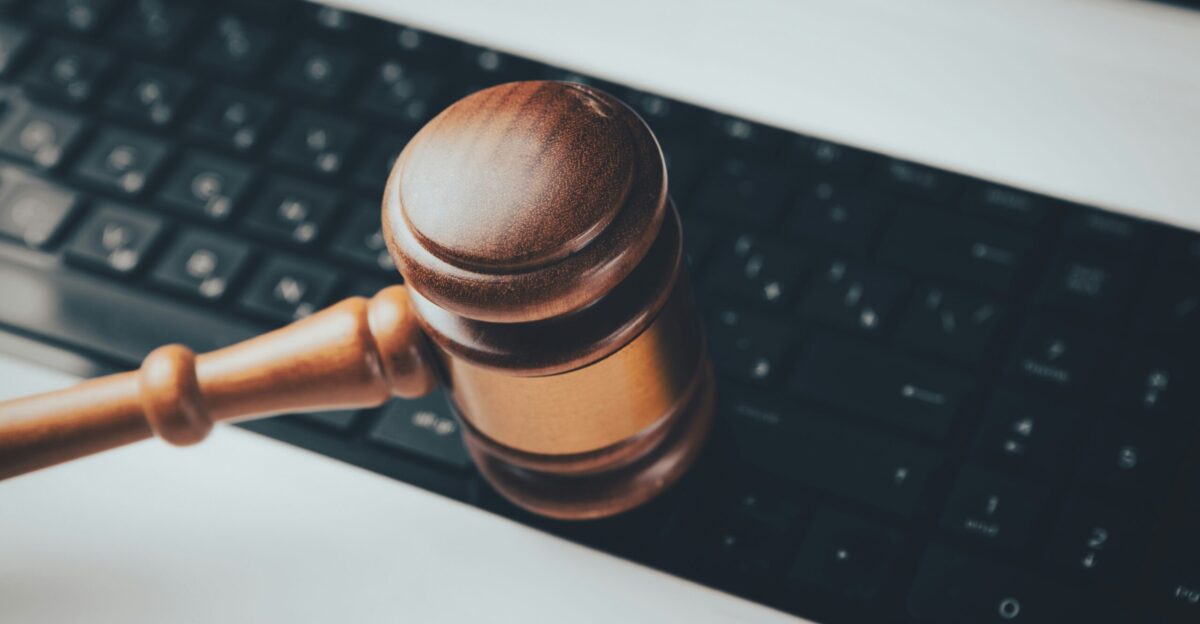
This ruling exposes a fascinating legal contradiction. Judges cannot order someone to delete emulation tools that exist freely online for everyone—it’s impossible and unenforceable. Yet Judge Gallagher’s order does precisely that: it prohibits Keighin personally from accessing, distributing, or using Switch emulators and Nintendo’s cryptographic keys. If Keighin violates the order, he faces contempt of court, even though the tools he’s forbidden from using are publicly accessible to the entire internet.
This represents a strategic shift in how courts approach digital piracy—rather than eliminating tools, they hold individuals accountable for accessing them. It’s personal enforcement in a borderless digital world.
Yuzu, Reddit, and Mass Enforcement Campaigns

The Keighin case is just one battle in Nintendo’s intensifying IP enforcement campaign. Earlier this year, Nintendo challenged the Yuzu emulator itself in court, eventually leading to a settlement that shut down the entire project. The company has pursued Reddit moderators and ROM site operators across multiple cases. In a separate lawsuit, Nintendo announced plans to seek $4.5 million in damages against another defendant for game piracy.
The Keighin verdict, at just $17,500, appears modest in comparison. Yet, it establishes a crucial precedent: Nintendo can now use federal courts to impose lifetime bans on individuals through default judgment, one streamer at a time.
Japan Patent Office Rejects Nintendo’s “Monster Capture” Mechanic

In late October 2025, just weeks before the emulator ruling, Nintendo suffered a significant setback in Japan. The Japan Patent Office rejected a patent application filed by Nintendo and The Pokémon Company that sought to patent the core “monster capture and summoning” mechanic used in Pokémon games.
The application, filed in March 2024, claimed exclusive rights to the act of throwing a ball to capture creatures and later summoning them to fight. The Patent Office found dozens of prior art examples dating back over a decade, making Nintendo’s claims unoriginal.
ARK, Monster Hunter, Pokémon GO All Predate Patent Claim
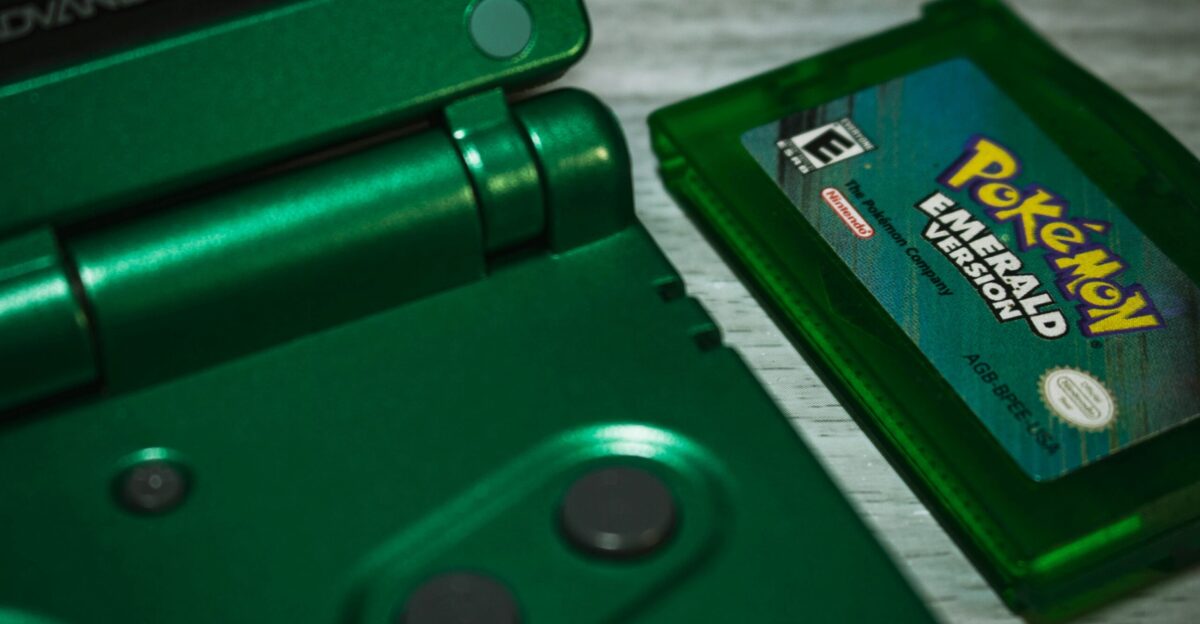
The Japanese Patent Office cited specific games released years before Nintendo’s application that already featured identical mechanics. ARK: Survival Evolved (2015) allowed players to capture and summon creatures. Monster Hunter 4 (2013) included similar gameplay. Pokémon GO (2016), ironically a Pokémon game itself, used the same mechanics. Additional prior art included Craftopia and the Japanese browser game Kantai Collection (2013).
The Patent Office concluded that Nintendo was attempting to patent a 30-year-old game mechanic that was already present in dozens of commercial games by competitors worldwide. You cannot patent what is already well-known in the industry.
Patent Approved in September 2024

Yet the U.S. Patent and Trademark Office reached a different conclusion. In September 2024—just weeks before Japan rejected it—the USPTO granted Nintendo and The Pokémon Company patent number 12,403,397 for nearly identical claims. The patent covers the ability to “cause a sub-character to appear on the field based on input” and “using a sub-character to battle an enemy placed in the same location.”
IP experts immediately flagged the approval as problematic. Patent specialist Florian Mueller stated Nintendo “should never” have received this patent in the first place. The contradiction between Japan’s rejection and America’s approval created an unprecedented international legal split.
USPTO Director Orders Immediate Reexamination
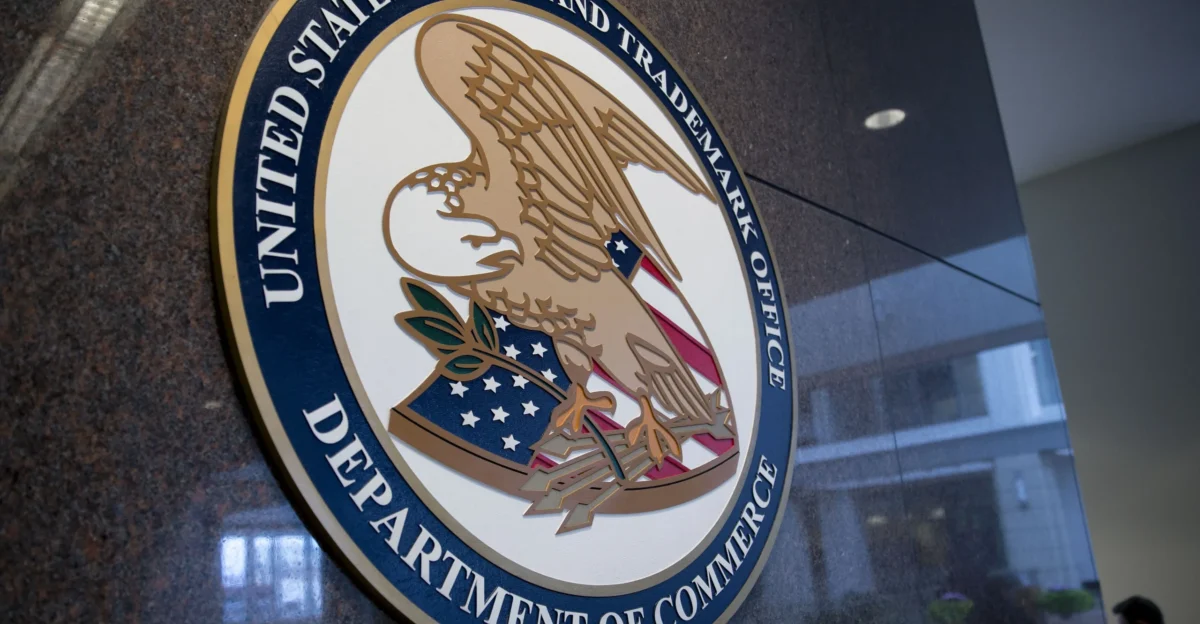
The absurdity didn’t go unnoticed by federal authorities. In early November 2025, just days after Japan rejected the patent, USPTO Director John A. Squires personally ordered a reexamination of the already-granted patent. This is extraordinarily rare—a USPTO director personally overriding a patent that was already approved—and it signals deep skepticism about whether Nintendo should have won it.
In his directive, Squires stated he had “determined that substantial new questions of patentability have arisen” regarding Nintendo’s claims. Video game patent lawyer Kirk Sigmon told PC Gamer that “these claims were in no way allowable” when examined against prior art.
Nintendo’s Bigger Patent War

Nintendo’s patent fight is directly connected to its ongoing litigation against Palworld developer Pocketpair. Nintendo filed a lawsuit in Japan last year alleging that Palworld infringes on multiple patents, including the summoning mechanic patent that Japan’s office just rejected. The company claimed Palworld’s core mechanics—capturing creatures with Pal Spheres and using them as battle companions—violated Nintendo’s intellectual property. But if the patent is invalid in Japan, Nintendo’s entire legal case collapses there.
The reexamination of the U.S. patent could wipe out Nintendo’s patent protection in America too, leaving the company with no legal ground to fight Palworld anywhere.
Billions in Revenue Across the Gaming Industry
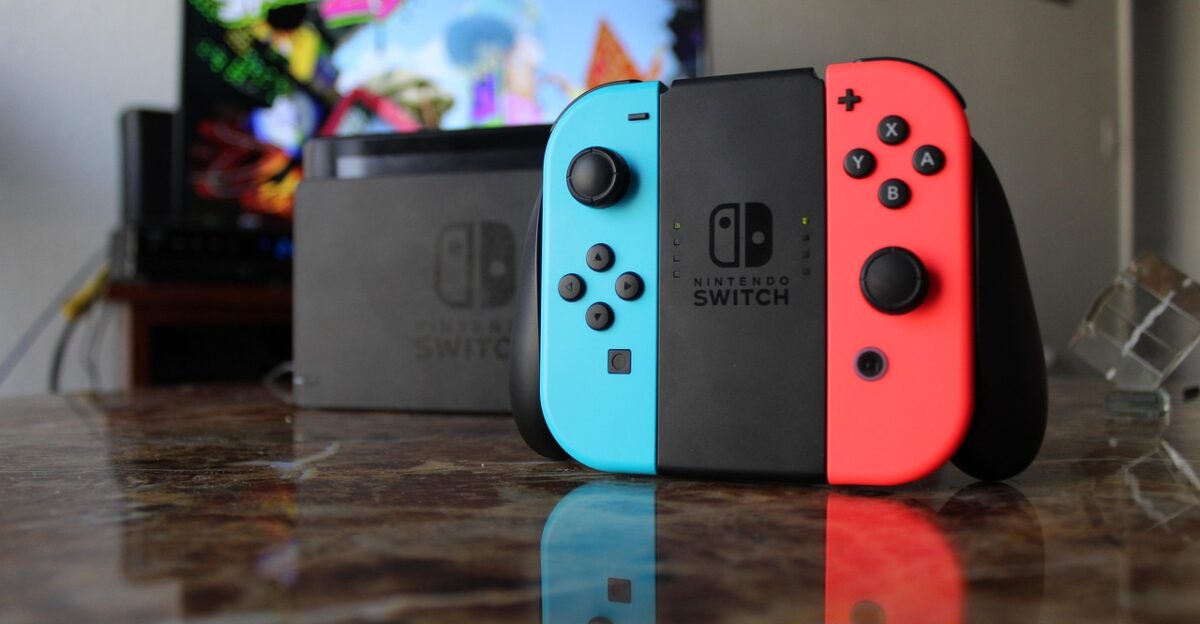
If Nintendo’s patent had stood unchallenged, the company would have effectively owned a 30-year-old game mechanic used by dozens of franchises worldwide. Persona, Digimon, Elden Ring, Dragon Quest, Fire Emblem, and countless others feature summoning or companion mechanics. A strict interpretation of Nintendo’s patent could have threatened billions of dollars in combined annual revenue.
Patent expert Florian Mueller noted this reexamination “further diminishes the credibility” of Nintendo’s patent litigation strategy, making it harder for the company to claim moral high ground against developers it views as copycats. The entire gaming industry was watching to see if Nintendo could monopolize a mechanic that predates the company’s own use.
Streamers and Developers Both Under Pressure
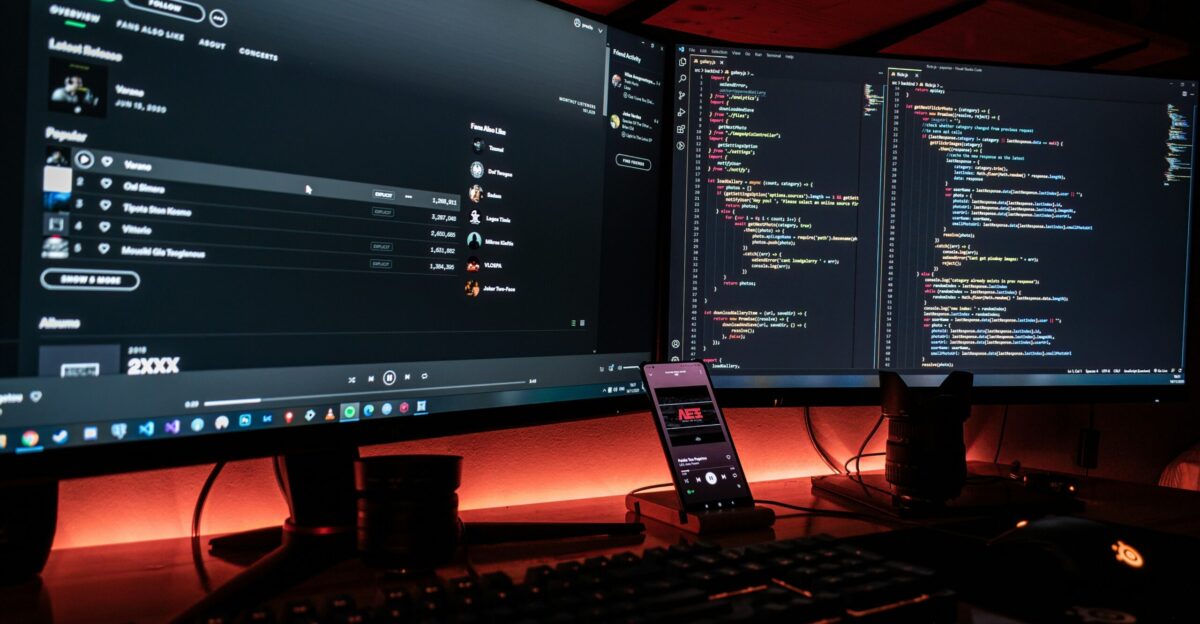
The Keighin verdict and patent chaos created simultaneous chilling effects across gaming. For streamers and content creators, the message was unmistakable: Nintendo pursues lifetime bans through default judgment against individuals who fail to appear in court. For game developers, the warning was equally severe: you could face litigation based on patents that seem obvious or already widely used, even if those patents later get invalidated.
Nintendo’s strategy appeared to be litigating aggressively now and sorting legal details later. Smaller developers and individual streamers faced a significant disadvantage compared to a corporation with extensive legal resources and the willingness to pursue cases simultaneously across multiple jurisdictions.
What Happens When USPTO Invalidates the Patent
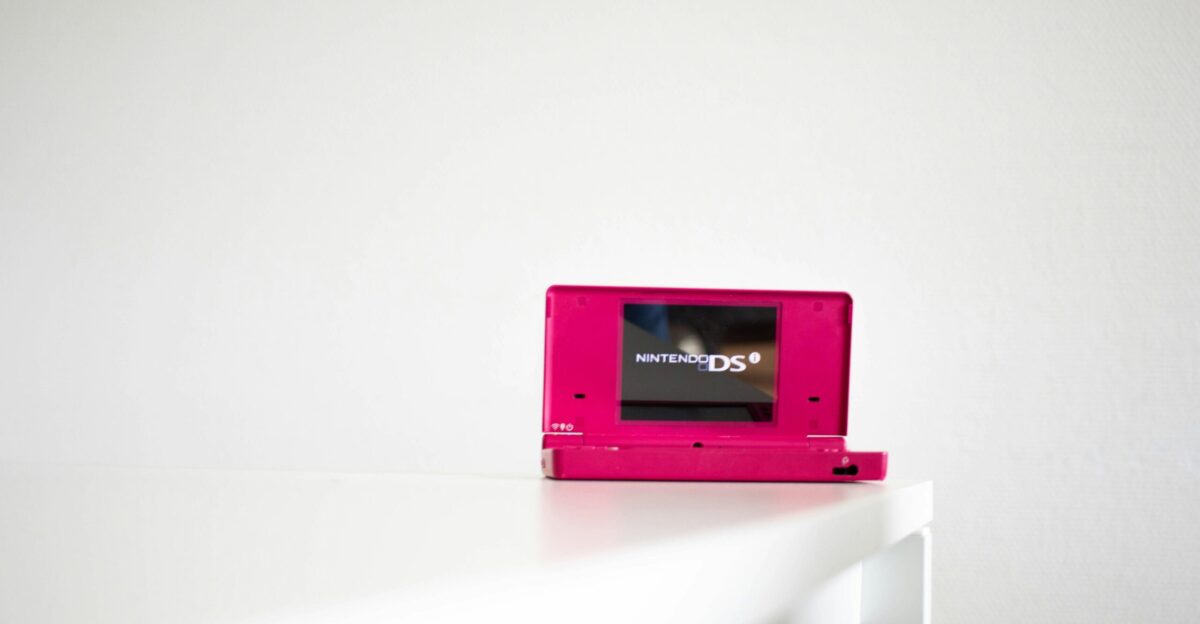
The next chapter will define IP enforcement in gaming for years to come. If the USPTO reexamination invalidates Nintendo’s summoning patent entirely, it sets a precedent protecting future game developers and potentially invalidates Nintendo’s entire Palworld litigation in America. If other streamers test the limits of the Keighin injunction, Nintendo could face mass enforcement campaigns requiring hundreds of additional lawsuits.
Will Japan’s rejection of the patent inspire Palworld developer Pocketpair to challenge Nintendo more aggressively globally? The answers to these questions will determine whether Nintendo’s 2024-2025 litigation blitz succeeds or collapses. For now, Nintendo holds the upper hand—but the foundation is cracking.
The Lifetime Ban That Changed Everything

The $17,500 judgment may eventually fade from headlines, but the lifetime emulator injunction represents a fundamental shift in how corporations wield intellectual property law. One streamer, one default judgment, one permanent ban—yet it sets a precedent that could authorize Nintendo to pursue thousands of similar cases against other content creators. Meanwhile, a patent granted in America but rejected in Japan creates legal chaos for international developers trying to navigate contradictory regulations.
These aren’t isolated incidents; they’re markers of a new era in gaming IP enforcement where corporations pursue aggressive litigation strategies globally, individuals face lifetime digital penalties, and fundamental game mechanics become battlegrounds. The industry will never be the same.